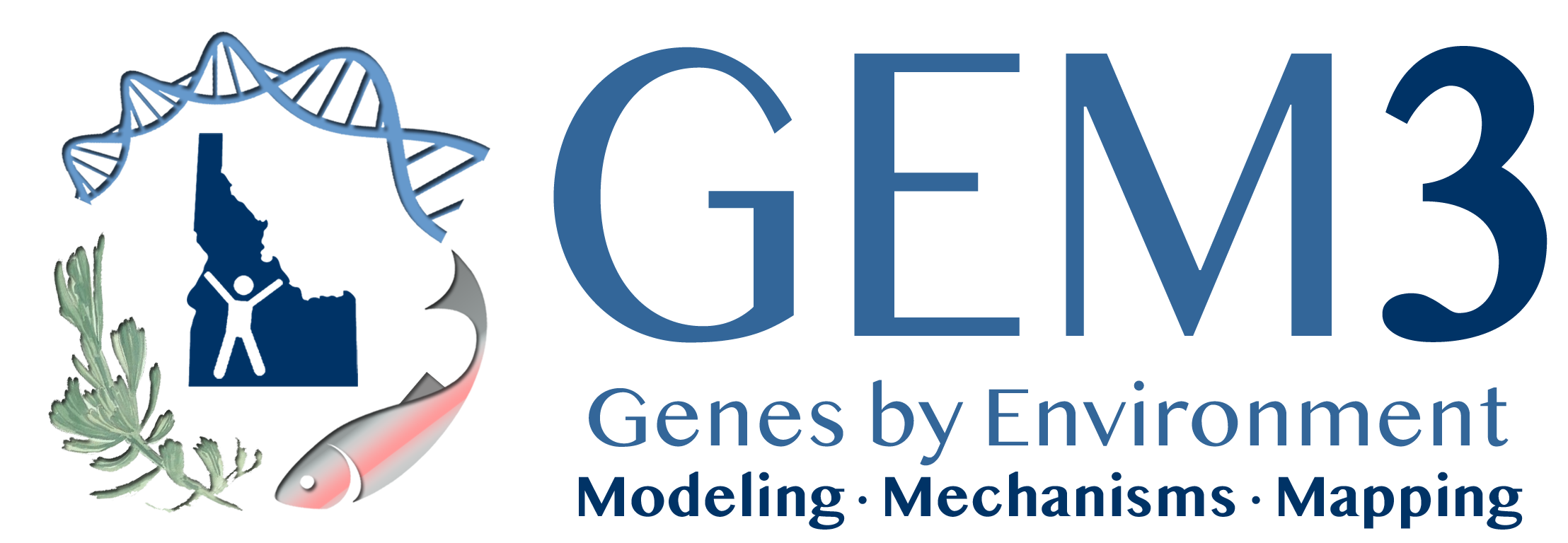Sagebrush identification can be improved by using a relatively easy ultraviolet (UV) light test on specimens. Sagebrush produces a variety of water-soluble polyphenols called coumarins, which fluoresce a blue color under UV light and can help differentiate species, subspecies, and hybrids. We tested 16 different sagebrush taxa (including species and subspecies) from herbarium specimens and found 3 taxa (low sagebrush, Artemisia arbuscula; Wyoming sagebrush, A. tridentata wyomingensis; and basin sagebrush, A. t. tridentata) that were often misidentified. We show that the UV light test can greatly improve identification of these species. Moreover, given that the UV+ chemicals that discriminate taxa are also considered an indirect biomarker of sagebrush palatability for some herbivores, the UV light test can be used to predict forage quality for threatened species like sage-grouse (Centrocercus spp.) and pygmy rabbits (Brachylagus idahoensis). Collecting voucher specimens of sagebrush at wildlife study sites and comparing their UV intensity to historical herbarium specimens could help identify both current and changing availability of palatable sagebrush for wildlife. We found that even herbarium specimens >80 years old still fluoresce under UV light.
An example of measuring the coumarin content in Artemisia specimen voucher samples. A, Setup for the UV light test. Each scintillation vial holds leaves from one individual herbarium specimen and is filled with deionized water. The 3D-printed vial holder held up to 4 vials along with a UV light emitting at a 395-nm wavelength. B, Three specimens labeled as basin big sagebrush (Artemisia tridentata ssp. tridentata). The specimen on the far left (labeled with an asterisk) was reclassified to mountain big sagebrush (A. t. vaseyana) based on the UV light test and morphology of the leaf and flower stalk. “Sco” = scopoletin standard.
| GEM3 author(s) | |
| Year published |
2021
|
| Journal |
BioOne
|
| DOI/URL | |
| Mentions grant |
Yes
|
